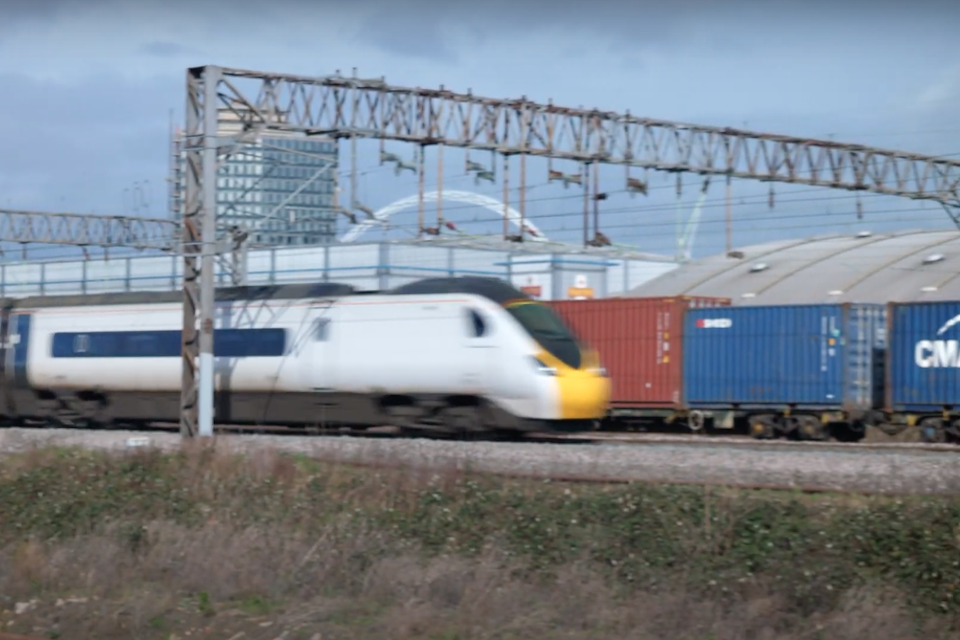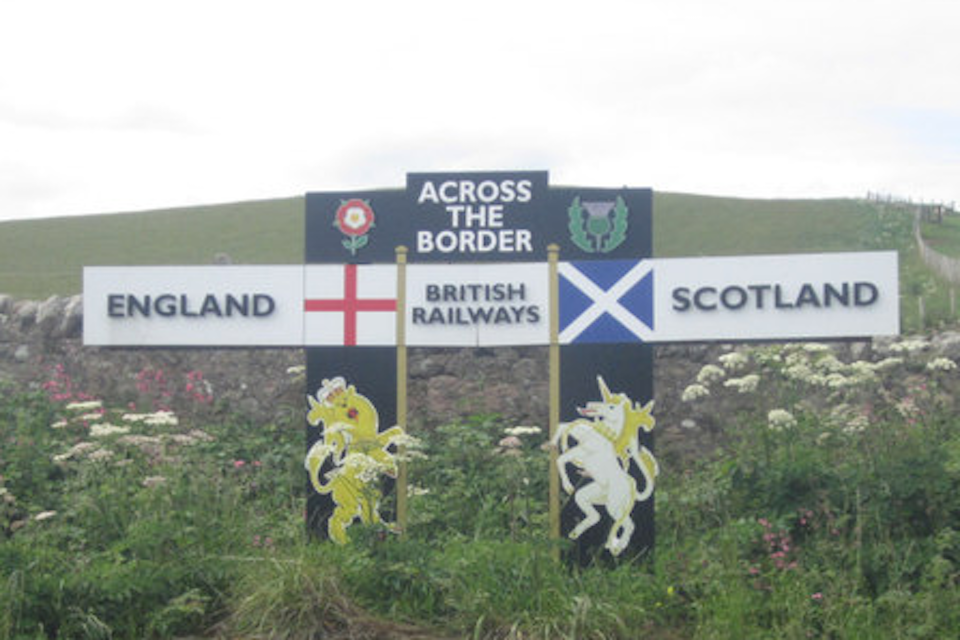UK specialists: ‘Growth in rail freight starts with the infrastructure’ 04/05/22
< Retour à la listeSource: UK specialists: ‘Growth in rail freight starts with the infrastructure’ | RailFreight.com
UK specialists: ‘Growth in rail freight starts with the infrastructure’
Rail freight has rebounded strongly from the pandemic, backed by underlying growth. That is the message from a panel of industry experts debating the sector’s future at a recent round-table in Edinburgh. Rail insiders, industry observers and government representatives have told a cross-section of professionals and their customers that the future is bright for rail freight.
The gathering, organised by the Rail Freight Group, the industry’s representative body in the UK, heard that there were clear statistical indications favouring rail freight growth over road transportation. However, there is still a gulf between the tonnages moved by each mode, and rail freight is significantly behind. Plans and legislation are in hand to close the gap and promote modal shift, but it will take effort.
Paths for all that extra freight
Speaking for Transport Scotland, the agency of the government in Edinburgh, Bill Reeve, their director of rail, told the panel that the ambitious targets set by the Scottish government would have a positive impact, not just in Scotland. He said that the Scottish industry would need to generate between thirty and forty new cross-border rail freight flows every day to meet those targets. This was in response to a figure quoted to the panel that 37 per cent of carbon emissions in Scotland were due to transport operations and that heavy goods vehicles on the main M74 highway between the industrial Central Belt of Scotland and the markets in England were a significant contributor.
 Paths are at a premium on the busy West Coast Main Line, and the puzzle might be how to fit in a step-change in freight traffic.
Paths are at a premium on the busy West Coast Main Line, and the puzzle might be how to fit in a step-change in freight traffic.
The M74 parallels the West Coast Main Line and is busy with trucks round the clock. Trains are the answer, but finding paths for all that extra freight on the busiest mixed traffic route in Europe would be difficult enough at the best of times. The expected introduction of Anglo-Scottish passenger services fanning out from HS2. Rolling out over the coming decade possibly does not represent the best-case scenario for additional freight traffic. The speculation is that more capacity will be needed on alternative routes, strengthening the case for upgrading other routes between the border and Glasgow and potentially the long-lobbied reinstatement of the direct line between Carlisle and Edinburgh.
Collaborative customers
Extra rail freight traffic sounds like music to the ears of the industry. For operators on the WCML – Freightliner among them – it’s a pleasant headache to have. Peter Graham, who, as a rail strategy manager at Freightliner, is focused on policy and regulatory affairs, is well aware that it is a tall order to deliver the ambitious targets laid out in legislation in the parliament in Edinburgh. He says the key is collaboration across the entire logistics chain.
 Anglo-Scottish traffic is set to grow according to increased demand, say the experts (Image: Graham Robson – WikiCommons)
Anglo-Scottish traffic is set to grow according to increased demand, say the experts (Image: Graham Robson – WikiCommons)
The last-mile solutions being put forward by customers and the rail freight industry suggest that the broader economy responds to the carbon reduction agenda. Freightliner’s Graham says that customers are making efforts to better understand their operations’ carbon footprint. That plays directly into the hands of the rail freight industry. Even more so if that rail freight industry is electrified. Reeve at Transport Scotland is rightly proud of the rolling programme of electrification in Scotland. Admittedly, that programme is driven by a desire to electrify the passenger network, but freight is a collateral beneficiary.
Scotland’s lead for GBR
Scotland’s mixed approach to electrification is welcomed. It casts aside the ‘wires everywhere’ approach for a range of more diverse solutions more suited to the spectrum of demand. This is helpful for rail freight too. Whether it be traditional overhead supply for multi-modal terminals in Glasgow to hydrogen power in the sparsely populated Far North, there is an infrastructure welcome being extended to rail freight to help reach every community.
The willingness of Scotland to embrace every aspect of the rail freight industry is being driven by legislation but also by demand. Passenger traffic has not recovered to the same extent as freight traffic post-pandemic. The pattern is also smoother, with less differential between peak and leisure travel periods. The panel agreed that Scotland’s coherent electrification policy was building up a legacy for the future.
Scotland represents only a small fraction of the overall rail freight traffic in the UK – but Anglo-Scottish flows are among the longest hauls in the country. According to the operators, more electric traction would be ordered if there was more of an electrified network. It makes it difficult to invest in electric locomotives, they say. If the network management in the rest of the country wants to do the best for the industry, then they say the incoming Great British Railways could do worse than follow Scotland’s lead.
Author: Simon Walton





